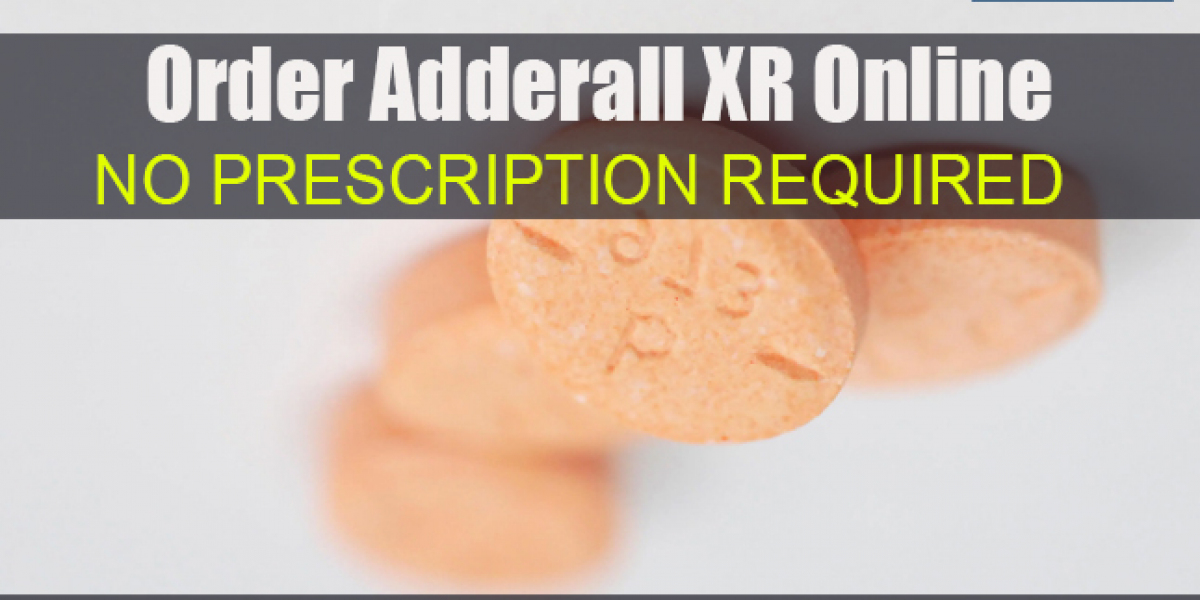Video telematics software is the best way of keeping an eye on how your vehicles are being used. It combines video data and vehicle tracking to manage a fleet of vehicles which includes trucks, buses, or any other commercial vehicles. In simple terms, it's a high-tech video camera that can record everything going on with your vehicle, like where it is, how fast it's going, and even how the driver is behaving.
It uses real-time monitoring (GPS tracker) while also providing data analysis, helping fleet managers. But, now the question arises – Until when all the data can be stored on the video telematics software for your fleet operations? Let's find out the answer in this article.
Data Storage Duration of Video Telematics System
Video telematics software usually keeps video information for a set period, often between 30 to 90 days. However, this can vary depending on the software and settings chosen by the user.
On average, many video telematics companies store video data for about 30-90 days. Nevertheless, it can be extended up to a year or more based on the user's storage capacity.
However, TrackoBit provides a flexible storage capacity for video data. However, the exact length of time the data can be stored depends on various factors such as the specific needs of your business, the quality of the video, the number of cameras, and the size of your cloud or local storage.
Remember, the storage could be used up faster if more cameras are involved or if the video quality is higher.
Factors Affecting the Length of the Data Stores in Video Telematics Solutions
The length of time video data is saved on the video telematics software varies based on several factors and those are:
- Quality of the video
High-definition video uses more space than low-resolution video. Similarly, videos with a high frame rate (the number of individual frames that compose each second of video footage) will take up more room than those with a lower rate. Thus, if you choose to record in HD, you may fill up your storage space more quickly and therefore the length of time the data is saved could be less
- Recording
The second contributing factor is how often the software is recording. Some video telematics systems are set to record continuously, while others are set to record only when certain events occur, like harsh braking, sudden acceleration, or an impact. Let’s take the example of a taxi. The video telematics system might be set up to record continuously during working hours. However, some might set their system to record only when necessary, thus saving space and allowing the data to be stored for longer.
- Number of Cameras
The more cameras connected to your telematics software, the faster your storage will fill up. Imagine having a lot of people putting things in your box at the same time. Very soon, you will run out of storage space, meaning the data won’t stay stored for long.
- Policies
Policies and regulations also play a role in how long video data is kept. For example, some companies may have policies that require they keep video data for a certain period for liability reasons.
- Client’s Preferences
Some clients may request a more extended retention period based on their needs. For example, a trucking company might want to retain footage for up to a year to effectively manage insurance claims. So, if you require an extension in the storage, it may be necessary to make some trade-offs, like lowering video resolution or frame rates or adopting more selective recording methods.
- Cloud Storage
Lastly, the cloud option is another factor. Some video telematics systems use cloud storage, where video data is uploaded to a remote server. This method can potentially offer more storage space and keep the video data for a longer time, compared to storing data on physical devices. However, this may also depend on the subscription plan or the provider’s policy.
Tips Before Selecting the Perfect Video Telematics Solutions for Your Fleet
Choosing advanced video telematics software for effective fleet management might seem complex, but if you break it down to its basic elements, it becomes simpler.
1. Determine Your Need
First, you need to determine your exact needs. Do you need the software for a small delivery service, a large shipping company, or a transportation business? Do you simply need to track your vehicles' location or would you also need video to monitor driver behavior? Once you get the answer, find the software that aligns with your requirements most.
2. Look for key features
Several key features make telematics software advanced. The software should provide real-time GPS Fleet Tracking Solutions , onboard diagnostics, and trip history. Furthermore, it should have video capabilities to record incidents for post-analysis and driver's coaching purposes.
For example, a food delivery service such as Zomato uses telematics software to monitor its fleets' real-time location, manage delivery schedules more efficiently, and ensure that drivers adhere to safe driving habits.
On the other hand, a taxi service like Uber can streamline the trip allocation process based on data from telematics software, and guarantee rider safety with video recording.
source:How Long is Video Data Stored in Your Video Telematics Software?








